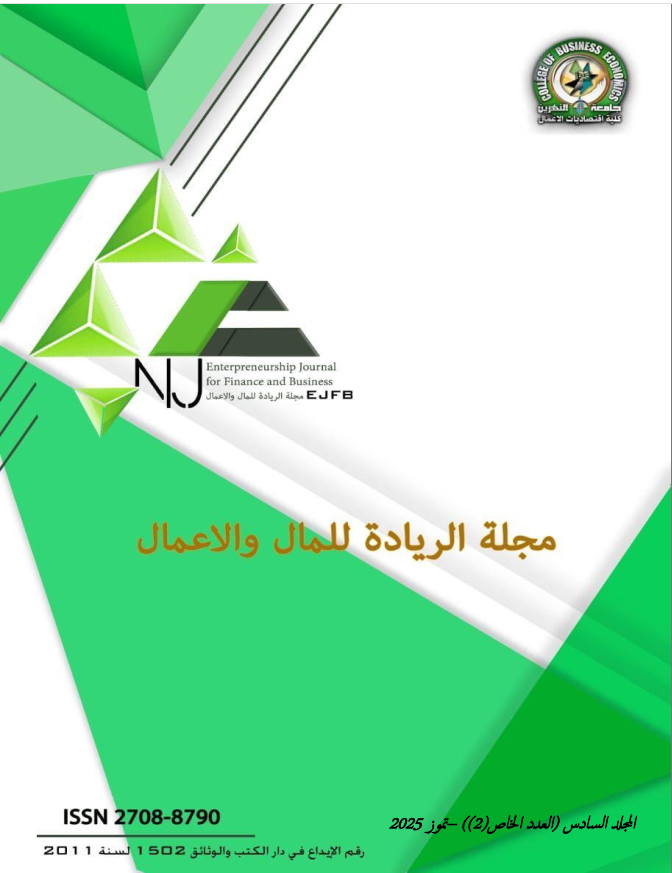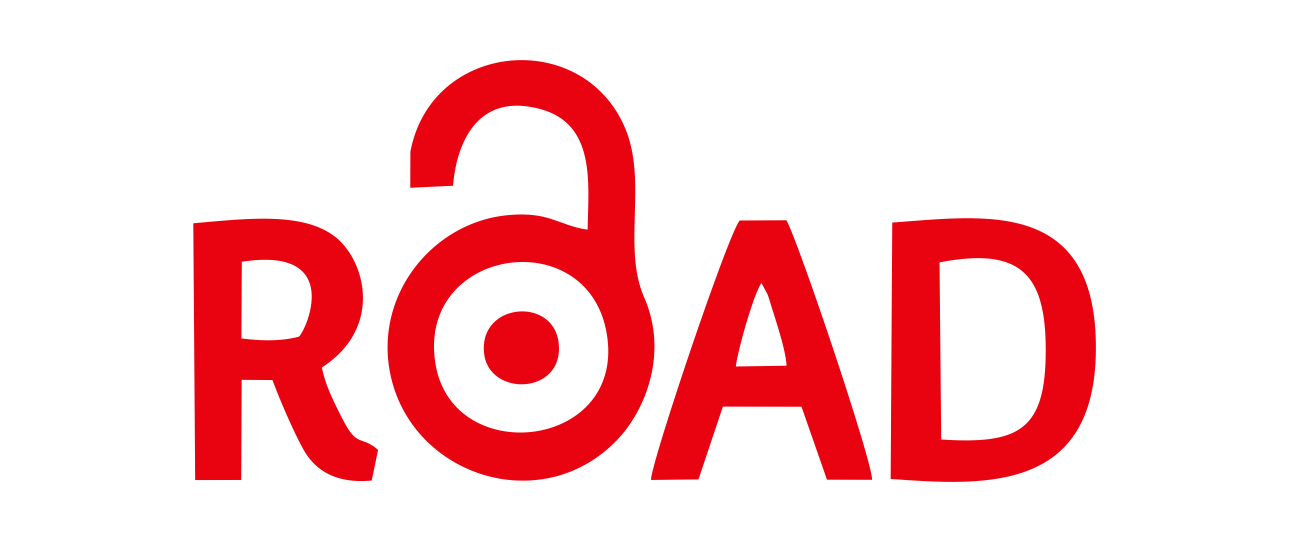A Therapeutic Model Design to Combat Administrative and Financial Corruption Based on Accountability and Transparency
DOI:
https://doi.org/10.56967/ejfb2025674Keywords:
corruption, accountability, transparencyAbstract
This study aims to develop a therapeutic model to combat administrative and financial corruption, grounded in the principles of accountability, transparency, and the prevention of misuse of administrative authority. It also seeks to identify the key obstacles hindering anti-corruption efforts and propose viable solutions to overcome them.
Corruption is one of the most dangerous global phenomena threatening the security, stability, and prosperity of nations and societies. It has become a persistent challenge, especially in Iraq, where corruption has infiltrated most public institutions, contributing significantly to the disruption of economic development, progress, and institutional reform.
In recent years, corruption has exacerbated rates of unemployment and poverty and intensified social, economic, security, intellectual, and political crises. Its danger lies in its ability to spread like a "dormant virus" that activates when it finds a supportive social environment. Since April 9, 2003, Iraq has witnessed an unprecedented wave of corruption, prompting the state to adopt public policies—primarily theoretical in nature—to address this phenomenon and preserve the state's integrity at both domestic and international levels.
While numerous legislative, executive, and oversight measures have been undertaken—across media, economic, security, and social domains—they often lack a comprehensive, actionable model to eradicate corruption from its roots.
Accordingly, this study proposes a therapeutic model based on accountability and transparency to safeguard citizens’ rights, promote justice, enhance security, and reinforce governance structures. The model responds to growing calls—from religious, social, educational, economic, and media entities—to instill a culture of integrity, strengthen anti-corruption frameworks, and intensify the recovery of stolen public funds. Legislative frameworks have evolved to address corruption in its multiple dimensions—security-related, psychological, economic, media-related, and social—while states have employed various strategies, such as enhanced accountability, participatory governance, transparency improvements, and comprehensive reform initiatives.
At the local level, corruption results in misallocation of resources, wastage of public funds, inefficiency in public services, weakened local development potential, poor planning, a deteriorated investment climate, and low economic growth.
To ensure the effectiveness of this proposed model, the outcomes of relevant research and studies must be adopted and integrated into a comprehensive and actionable anti-corruption roadmap. This includes clearly defining the roles, responsibilities, and powers of all concerned institutions to achieve legislative and procedural coherence
Downloads
Downloads
Published
How to Cite
Issue
Section
License
Copyright (c) 2025 حسام كريم الجنابي، رياض كاظم الكريطي

This work is licensed under a Creative Commons Attribution 4.0 International License.
This is an Open Access article distributed under the terms of the creative commons attribution (CC BY) 4.0 international license which permits unrestricted use, distribution, and reproduction in any medium or format, and to alter, transform, or build upon the material, including for commercial use, providing the original author is credited.










